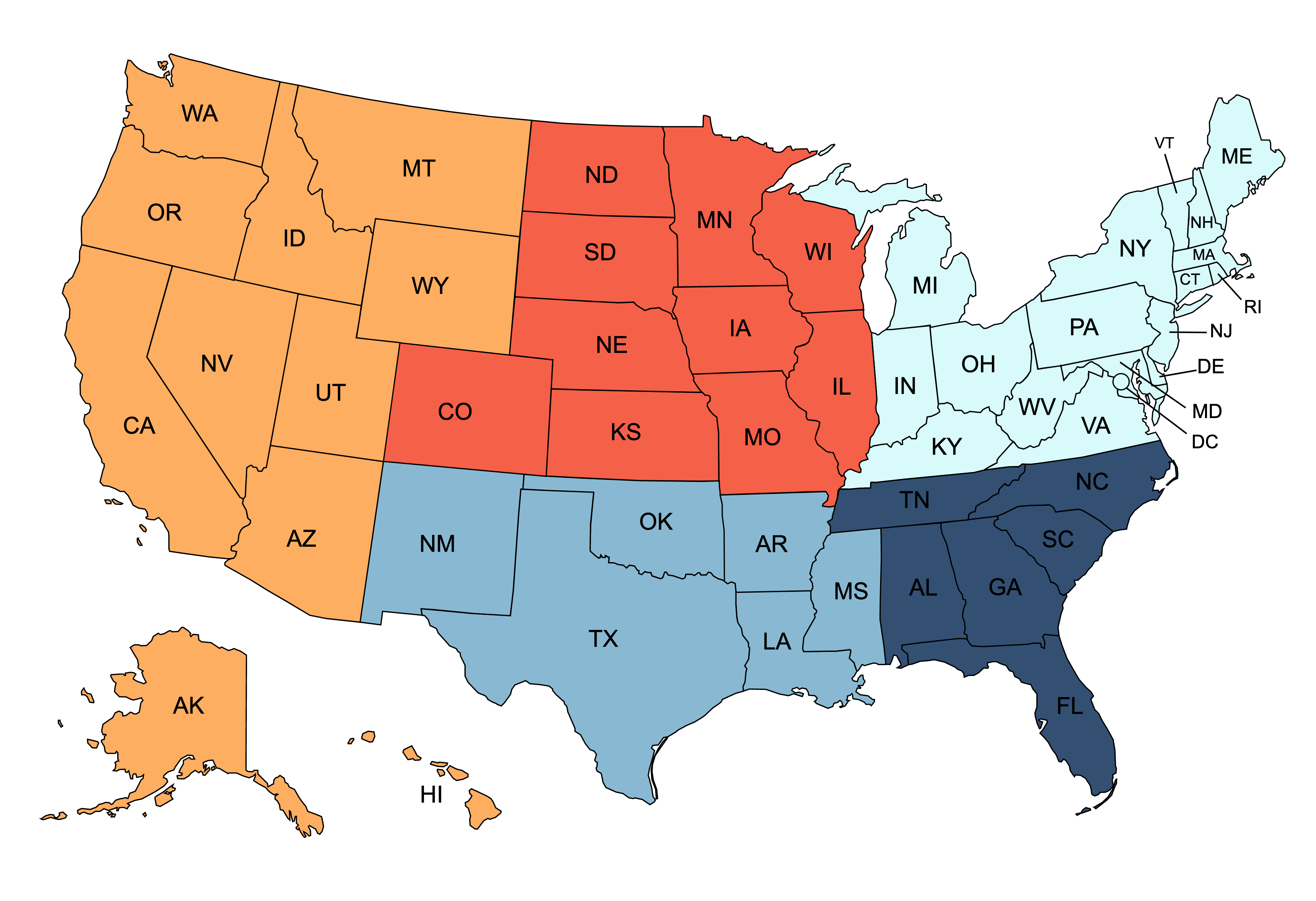When patients are placed in hospital beds, there is one piece of equipment they feel is their lifeline: the call light. Care providers say things such as, “If you need anything, just press this button and we will be there,” or “If you start feeling worse, I want you to call me right away!” One can imagine how frequently a dome/corridor light is illuminated each hour, day or year. According to Massachusetts General Hospital, nurses respond to 60,000 nurse calls per year. That equals a staggering number of times bulbs are lit outside patient rooms.
With this in mind, The U.S. Congress passed an energy bill banning the use of incandescent light bulbs by 2014. Higher wattage incandescent light will begin to be phased out as early as 2012. Manufacturers are planning ahead and releasing dome lights with LED technology for nurse call systems. LED lamps are rated for long life— the lifespan of most LED lamps is a staggering 50,000 (or more) times that of a regular incandescent light bulb.
Hospital staff will no longer need to spend time changing light bulbs on dome lights outside patient rooms. Expenses will decrease, since it can cost $20 or more to replace one bulb; after a request is submitted to maintenance, the request is passed to purchasing, and time is spent responding to the location. Furthermore, since nursing staff depend on these call lights, a non-functioning incandescent bulb may mean substantial response delays.
TekTone’s LED corridor lights provide visual indication of calls originating from patient, staff, duty, bath, emergency, presence and code call stations. Patient priority and staff presence are indicated by domes with LEDs in two colors (red and white), four colors (amber, green, red and white) or programmable colors.
When used with a patient or staff station, the light indicates all calls originated from that room. When used with a multipurpose or duty station, the light may be used as a zone light.
Other features and benefits of TekTone® LED call lights include:
- UL® 1069 Listed and cUL® Listed.
- No bulb replacement equals more savings for facilities—LED life is 10× that of an incandescent bulb.
- Excellent visibility when LEDs are lit—bright and easily visible from all angles.
- Unobtrusive when LEDs are off—attractive new curved face has a single frosted white lens to blend into any décor.
- Energy efficient—LED lamps remain cool to the touch, and since they convert nearly all their input electricity into light instead of producing heat, LEDs use 16× less electricity than incandescent bulbs.
- Durable—LED lights have no fragile filament or tube, and are resistant to heat, cold and shock.
About TekTone®
Founded in 1973, TekTone® designs and manufactures UL® Listed nurse call, wireless emergency call, apartment entry, radio pocket paging and area of rescue assistance systems. All of TekTone’s nurse call systems include corridor and zone lights with LED technology. For more information, call the TekTone® Sales Department at (800) 327-8466.
1 (Department of Energy Announces the Launch of the Hospital Energy Alliance to Increase Energy Efficiency in the Healthcare Sector, 2009)
2 (Patient Care Services, 2010)
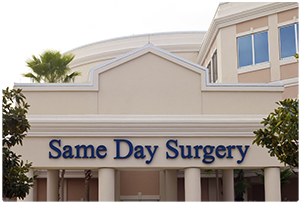 Ambulatory surgery centers (ASCs) are health care facilities that offer patients the convenience of having surgeries and procedures performed safely outside the hospital setting. This trend in healthcare is a growing new market and TekTone
Ambulatory surgery centers (ASCs) are health care facilities that offer patients the convenience of having surgeries and procedures performed safely outside the hospital setting. This trend in healthcare is a growing new market and TekTone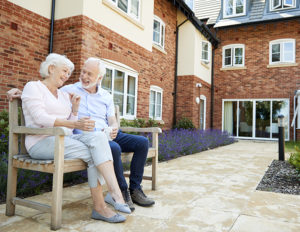


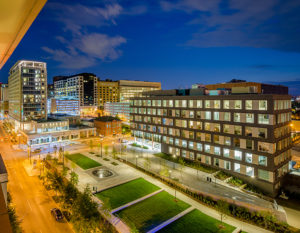
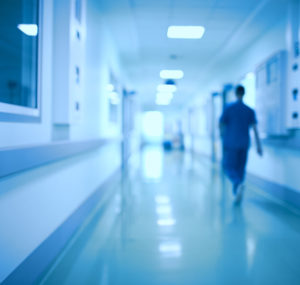
 TekTone
TekTone